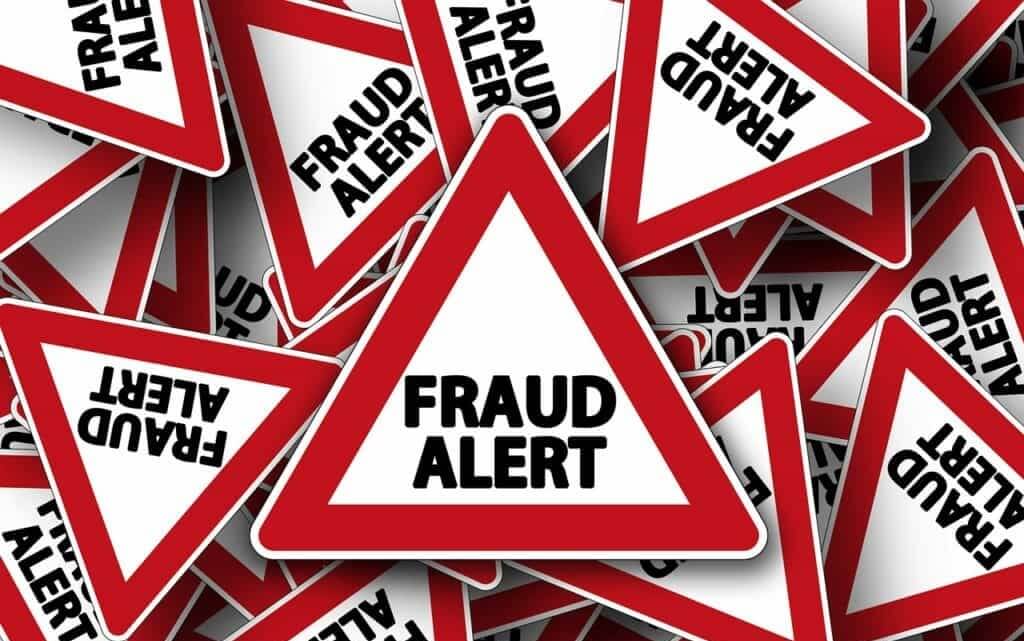7 ways to reduce the risk of fraud for equipment leasing companies

Author Agneta Venckute
Equipment leasing has become a very common way for business owners to obtain the goods they need. Naturally, with the increased number of leasing companies and leasing contracts signed, the risk of possible frauds has increased greatly. The Equipment Leasing & Finance Association (ELFA) holds an annual seminar to discuss frauds at its Legal Forum.
Fraud definition
“Asset leasing fraud is usually committed against a finance company by one of its customers, using fictitious leases or other finance arrangements to obtain money. It is meant to stay hidden for a long period of time.’’ The trick is simple: the fraudster comes up with a fake supplier, who may own an asset, or it can be a fictitious asset. The Institute of Fraud Auditors has identified the four most common frauds in asset finance scenarios:
- fictitious asset
- false price (boosted)
- double financing (one asset becomes the subject of several financing agreements
- maintenance fraud (boosted).
Equipment such as vehicles is not usually a target for fraud, as vehicles have registration documents that are accessible for checking, although computer equipment can become a fraudster’s target, as there is no register of owners.
Warning signs
The first thing you should add to your company’s employee training is the abc of warning signs that may indicate the occurrence of fraud. We collected advice from three industry experts.
Andrew K. Alper warns about possible warning signs of intention to fraud:
- Use of a P.O. Box by the lessee
- “Request for a landlord or mortgagee waiver is refused when the equipment may be a fixture”
- Brokers and suppliers are located “in different parts of the country with no explanation of commonality”
- Credit references reveal numerous closed accounts in the past
- “Uniform Commercial Code (UCC) searches reflect many filings for a business whose financial statements do not reflect all of the debt evidenced by the filings”
- The equipment intended to lease is unrelated to the lessee’s industry
- “No or few UCC filings for an established business that should have UCC filings”
- Communication issues: the supplier is out of reach; only a mobile number is provided; when called on a business number, a person answers “hello’’; the landline number has a different area code than the address
- The supplier has bad credit or no credit history
- Pressure to make the transaction or decision from any of the other parties involved
- Even little details such as a misspelled or odd job title or years of employment that don’t match are worth taking into consideration
The IFA recommends that “finance companies only deal with counterparties within a radius of 100km. Data analysis showed a greater risk of a fraud being from remote counterparties”.
Meanwhile, Allan Foad indicates that all changes within the lessee company such as
• Shareholders selling their interests
• Shareholders changing
• Different address provided for equipment installation
can be an actual fraud threat.
Industry expert Will Tefft added these red flags to the list:
- serial numbers missing from the invoices
- absence of information, the vendor or customer is not reachable
- documents presented are of poor quality
If you spot any of the above-mentioned signs, you should be extra cautious and not rush into signing a leasing contract. Below I list the simple steps you should go through in order to avoid fraud.
7 simple steps to follow in order to avoid fraud
1. Do proper background checks – check customers’ physical addresses, their listing in phone books, trade registers, their credit check, obtaining bank references, audited accounts analysis, their payment history, for some – share-register reviews. This should be carried out periodically, even if the client has made some legitimate leases in the past.
2. The Association of Certified Fraud Examiners recommends checking whether the asset truly exists, and asking for proof of ownership. “The seller of the asset should be able to show that they own the asset and can give security or title to that asset.’’
3. Get an official price list review.
4. The IFA recommends that finance companies do business deals only with those counterparties that “have a proven minimum annual turnover and a significant number of employees.’’
5. Be careful dealing with companies that outperform the market – these companies may be overtrading, and may seek to fraud in order to compensate for capital shortages.
6. Information sharing with other market players is highly encouraged by IFA. As they state “it advocates networking and compiling blacklists to make life as difficult as possible for the fraudsters.”
7. If you are leasing your own equipment, it may be a good idea to deliver it to the customer yourself. If that is not possible – you can request photographs, although Photoshop can be used for the fraudster’s purposes.
It may be a surprise to some, but the majority of equipment finance frauds were committed by CEOs and CFOs who had work experience with accounting. By double checking everything and paying attention to all the company’s changes and every anomaly you face, as well as by spending more time on every leasing deal, you can save thousands or even millions.


